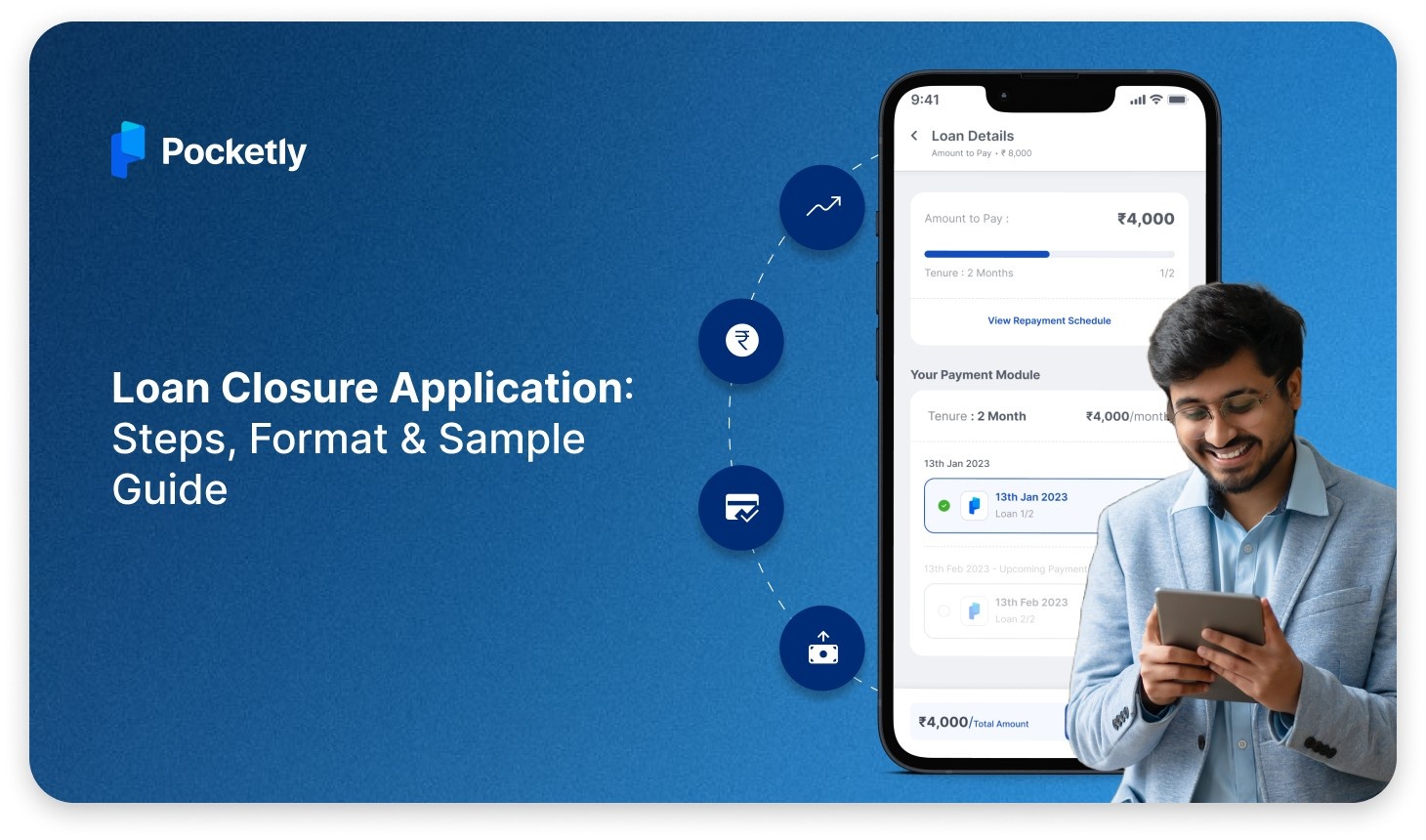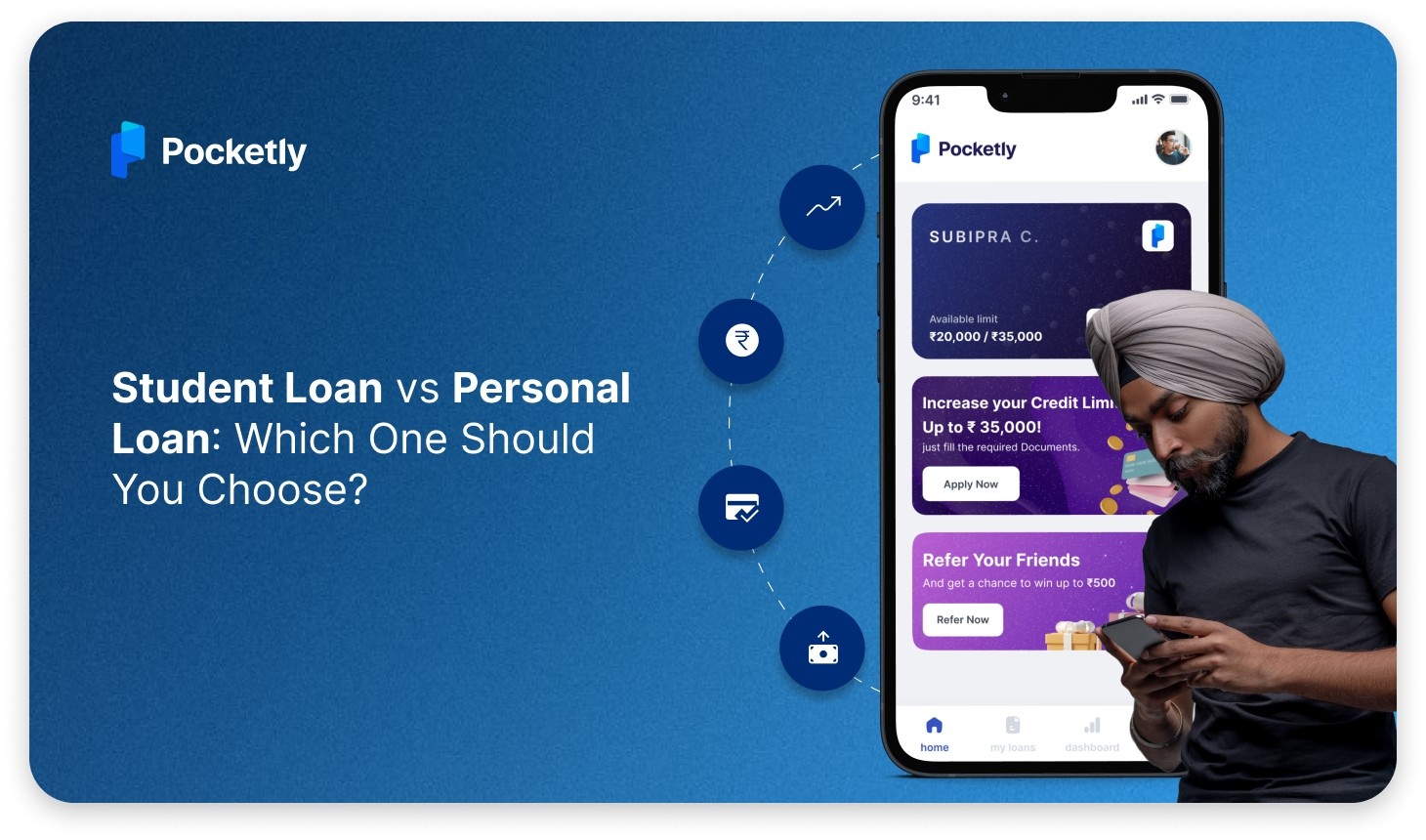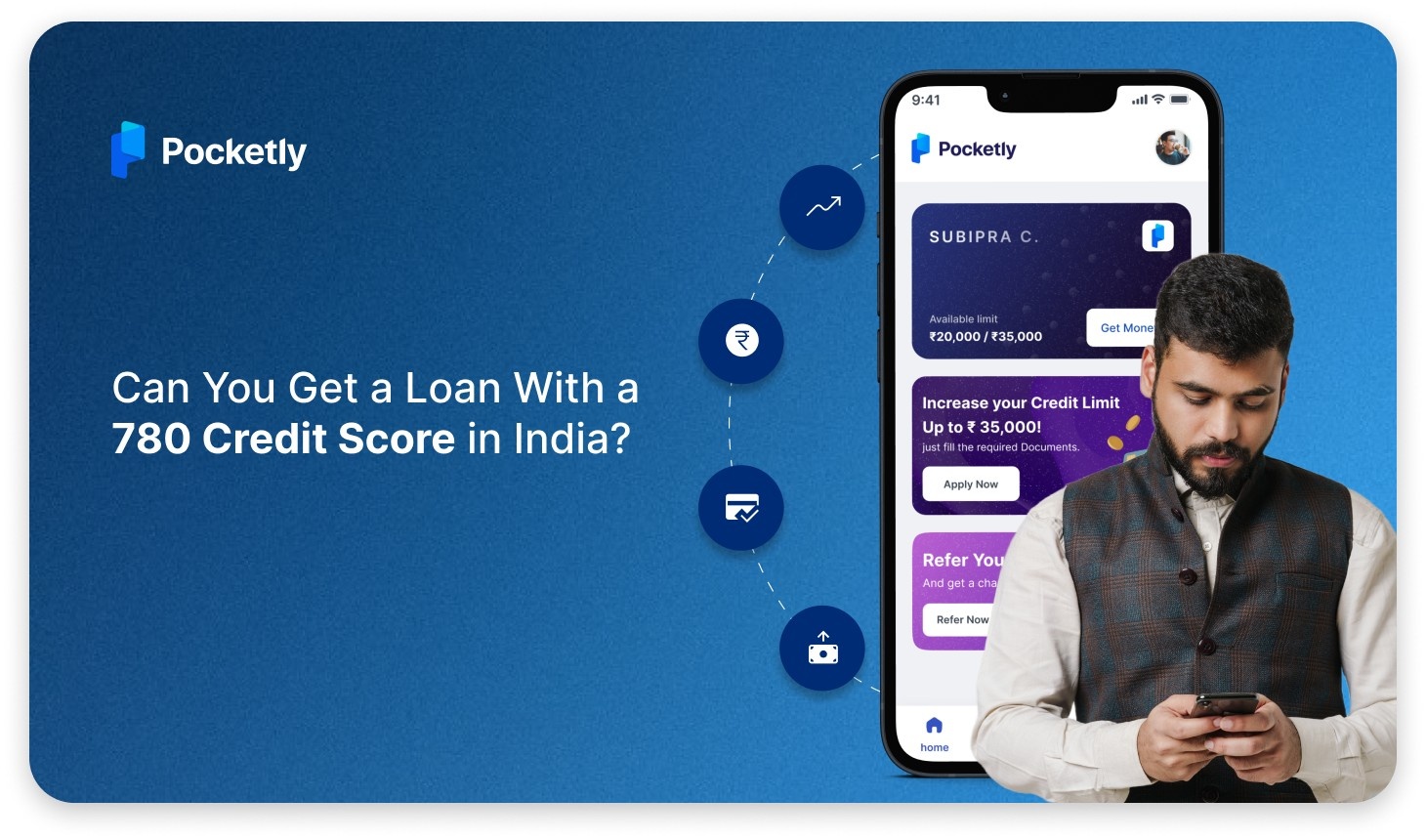
Your credit score is the most important component of your financial profile. It helps lenders to value and evaluate your ability to manage credit and repay loans. In India, CRIF and CIBIL are two major credit bureaus that generate these scores, and while they share a lot of similarities they differ in their approach and focus.
CRIF and CIBIL both provide scores ranging from 300 to 900, with a great number of scores reflecting better creditworthiness. These scores are not just numbers; they significantly determine loan approvals, credit card eligibility, and even interest rates. However, the way CRIF and CIBIL collect data, calculate scores, and assess creditworthiness varies, making it essential to understand their differences.
Whether you’re planning to apply for a loan, improve your credit score, or simply manage your finances better, knowing how CRIF and CIBIL operate can help you make informed decisions. Let’s explore the unique features of each and understand how they influence your financial health.
Key Differences Between CRIF and CIBIL
When it comes to understanding your creditworthiness, both CRIF and CIBIL play essential roles in India’s financial system. However, there are notable distinctions between the two.
1. Comparison: Ownership and Licensing
Understanding who owns and regulates credit bureaus is vital, as it reflects their operational credibility and scope.
- CRIF: CRIF is a joint venture between global and Indian stakeholders, leveraging international expertise and local insights. It operates with a focus on advanced credit risk management and a diverse customer base, including banks, NBFCs (Non-Banking Financial Companies), and microfinance institutions.
- CIBIL: CIBIL is owned and operated by TransUnion, a global leader in credit reporting, and has been tailored specifically to cater to India’s financial ecosystem.
Both CRIF and CIBIL are licensed by the Reserve Bank of India (RBI), ensuring they follow strict regulatory frameworks to maintain accuracy, transparency, and reliability in their credit reporting processes.
2. Comparison: Credit Data Sources
The data sources each bureau uses influence how comprehensively they assess your financial behaviour.
- CRIF: CRIF collects data from banks, NBFCs, and microfinance institutions, which makes its dataset more diverse. By including microfinance data, CRIF has a stronger reach in rural and semi-urban markets, enabling better credit analysis for borrowers in these regions.
- CIBIL: CIBIL gathers data primarily from banks and financial institutions, offering a more centralised view of credit activity in urban and corporate sectors. Its focus on deeply integrated banking data makes it the preferred choice for traditional loan evaluations.
This variation in data sources means CRIF might provide a broader picture for borrowers with smaller or rural credit histories, while CIBIL caters more to conventional banking customers.
3. Comparison: Score Calculation Factors
Both CRIF and CIBIL consider similar credit factors, but they prioritise them differently, which can impact your credit score.
- CRIF: CRIF values the length of your credit history more. Borrowers who have maintained consistent credit activity over time—such as long-standing credit cards or ongoing loans—are rewarded with higher scores. If you have an established financial history with reliable repayments, CRIF may reflect this positively.
- CIBIL: CIBIL places a stronger emphasis on recent credit behaviour, including your most recent repayments, credit utilisation, and the number of inquiries for new credit. If you’ve recently improved your financial habits, such as paying off debts or lowering your credit card usage, CIBIL may show faster score improvements than CRIF.
This distinction means that if you’re a seasoned borrower with a stable repayment record, CRIF might favour you. On the other hand, if you’ve made significant strides in managing your credit recently, CIBIL could offer a more favourable score.
4. Comparison: Score Range and Interpretation
Understanding how CRIF and CIBIL define "good" creditworthiness is essential for interpreting your score accurately.
- CRIF: A CRIF score of 700 or above is generally considered excellent. This indicates strong financial health and reliability, making borrowers with such scores more likely to secure loans at favourable terms. CRIF’s scoring system is slightly more flexible for borrowers with shorter credit histories or those in semi-urban areas.
- CIBIL: For CIBIL, a score of 750 or above is viewed as the benchmark for good creditworthiness. Borrowers with this score are considered low-risk, which increases their chances of approval and allows them to negotiate better loan terms like lower interest rates.
While both scores indicate creditworthiness, CIBIL has a stricter threshold for categorising borrowers as "low-risk." If your score gets down between 700 and 750, you might be in the "good" category with CRIF but still considered moderate-risk by CIBIL.
Also, learn more about CIBIL and how to get a loan with our guide on Getting Personal Loan without CIBIL and Income Proof Online
Here’s an overview of the 6 key differences you need to know to make informed financial decisions.
| Aspect | CRIF | CIBIL |
| Ownership | Joint venture with global and Indian stakeholders. | Operates under TransUnion, a leading global credit information provider. |
| Data Sources | Collects information from banks, NBFCs, and microfinance institutions. | Primarily collects data from banks and financial institutions. |
| Score Range | Scores range from 300 to 900, with 700+ being excellent. | Scores range from 300 to 900, with 750+ considered good. |
| Focus in Scoring | Emphasises length of credit history, rewarding consistency. | Focuses on recent credit behaviour, reflecting current habits. |
| Use Cases | Widely used for rural and semi-urban borrowers due to microfinance integration. | Primarily caters to urban and salaried professionals. |
| Report Accessibility | Offers free credit reports once a year as per RBI guidelines. | Provides detailed credit reports, but free access is limited. |
Understanding the Differences:
- Ownership and Licensing: CRIF operates as a joint venture with a mix of Indian and international expertise, while CIBIL is fully under TransUnion's global operations.
- Credit Data Sources: CRIF’s integration of microfinance institutions makes it unique for rural and semi-urban demographics.
- Score Interpretation: While both have similar score ranges, their thresholds for excellent credit differ slightly.
By grasping these distinctions, you can better interpret your credit score and choose financial products that align with your credit profile.
We’ve all been there: financial stress creeps in just when you need quick cash, and your credit score isn’t exactly shining. But here’s the good news: with Pocketly, your credit score doesn’t have to hold you back. Pocketly offers fast, hassle-free loans tailored to your needs, no matter where you stand.
Ready to find out how Pocketly can save the day? Let’s explore!
How Pocketly Can Help You Get an Instant Loan?
Designed with flexibility and simplicity in mind, Pocketly is perfect for anyone looking to bridge a financial gap quickly, whether it’s covering an unexpected bill, paying for a last-minute purchase, or managing a temporary shortfall.
Here’s how to get started with Pocketly and the standout features that make it a reliable choice:
Key Features of Pocketly
- Instant Approvals and Quick Disbursal:
- Pocketly prides itself on fast approvals, getting you the money you need almost instantly.
- Flexible Loan Amounts:
- Whether you need ₹1,000 for a small expense or ₹25,000 for something more significant, Pocketly offers a range of loan options to suit your needs.
- Minimal Documentation:
- Forget long forms and endless paperwork. Pocketly requires only essential documentation, making the process smooth and hassle-free.
- Transparent Fees:
- With Pocketly, there are no hidden charges. You’ll know exactly what the interest and fees are upfront, allowing you to plan confidently.
- Credit-Friendly:
- Even if your credit score isn’t ideal, Pocketly gives you a chance. It’s designed to be accessible, making it a great option when traditional lenders might turn you down.
- Flexible Repayment Options:
- Choose a repayment schedule that works for you, with options designed to fit comfortably within your budget.
Getting Your Pocketly Loan in Minutes
- Download the Pocketly App:
- Sign Up and Complete Your Profile:
- Create an account with just a few details, like your mobile number and personal information. Completing your profile is quick and straightforward.
- Choose Your Loan Amount:
- Pick a loan amount that suits your needs, from as low as ₹1,000 up to ₹25,000. Pocketly lets you borrow what you need without taking on more than necessary.
- Submit Your Application:
- Submit the application with basic information and minimal documentation—no long forms or bank visits are required.
- Get Approved Instantly:
- Pocketly’s innovative system processes applications quickly. Once the funds get approved, they are transferred to your bank account, often within minutes.
So, if you ever need a quick financial boost, Pocketly has your back!
Also, read our guide to save time and effort by Applying for a 3000 Rupees Personal Loan urgently.
Conclusion
Knowing the distinctions between CRIF and CIBIL is essential for making informed financial choices. Both credit bureaus offer valuable insights into your credit profile, but their unique characteristics can guide you more effectively depending on your needs.
CRIF may suit borrowers with a long credit history or connections to rural banking systems, while CIBIL is often preferred for those focusing on recent credit behaviours and urban lending scenarios. Each score has its strengths, offering lenders a comprehensive view of your financial reliability.
Armed with this understanding, you can confidently manage your credit journey. Regularly check your scores, take steps to improve them, and choose lenders that align with your financial goals. If you’re looking for a quick and trustworthy lending platform, Pocketly is ready to support you with transparent terms and fast approvals.
Ready to get on board? Hit the apply button now!
FAQs
How are CRIF and CIBIL scores different?
CRIF focuses on the duration of your credit history, while CIBIL gives more weight to recent credit activities, like timely payments and recent loan applications.
Which credit score is more commonly used in India?
CIBIL is more widely recognised in India due to its long-standing presence and extensive use by lenders.
Does a higher CRIF score mean better creditworthiness than a CIBIL score?
Both scores are important. A CRIF score above 700 or a CIBIL score above 750 indicates strong creditworthiness.
Can I get my CRIF and CIBIL scores for free?
Yes, as per RBI regulations, you can access one free credit report from both CRIF and CIBIL each year. Additional reports may come with a fee.
Does Pocketly require a high credit score for loans?
Pocketly focuses on your financial health and income stability rather than heavily relying on credit scores, making it accessible for many borrowers.
What is the highest loan amount Pocketly provides?
Pocketly allows you to borrow between ₹1,000 and ₹25,000, depending on your eligibility and requirements.
How fast is the loan disbursal process with Pocketly?
Pocketly processes and disburses loans quickly, often transferring the approved amount to your account within minutes.















